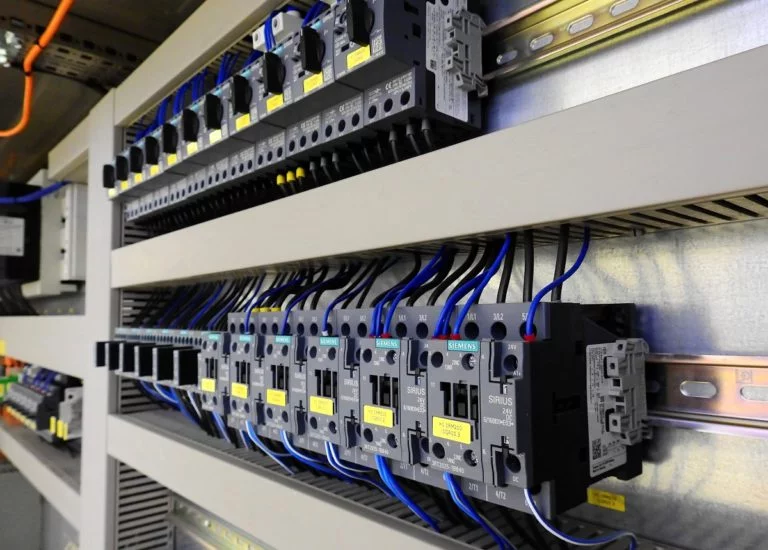The NF C 14-100 and NF C 15-100 standards covering the design and installation of electricity distribution networks are well known to the electricians. As each standard covers a different part of the low voltage distribution network, it is important to know which one needs to be applied.
NF C 15-100 and NF C 14-100: a specific part of the electrical network for a specific standard
Although the French NF C 15-100 and NF C 14-100 standards both contain the rules to follow when installing electricity distribution networks, they cover different parts of the electrical network. Whereas NF C 14-100 deals with the section of the network upstream of the connection circuit-breaker, NF C 15-100 covers the section downstream of it.
NF C 15-100 therefore governs all low voltage electrical installations inside the home. In other words, it sets the conditions for designing and installing electrical circuits in individual and collective dwellings. NF C 15-100 (which applies to new builds and renovations alike) is a veritable electrician’s bible that tells them which characteristics they must implement and sets out the installation rules in detail.</p><p>As the NF C 14-100 standard covers connection work between the connection to the grid and the electricity supply point (circuit-breaker), it primarily concerns the electricity supplier (Enedis), and applies to individual dwellings and collective dwellings alike.
Standards that are constantly evolving
Both of these standards are regularly updated to reflect modern requirements in terms of electrical installation safety and durability. Thus the NF C 14-100 standard was amended in 2011 to update – amongst other aspects – constant use connections, enclosed lots, channelled in and semi-channelled-in technical conduit and wall material thicknesses.
The NF C 15-100 standard has undergone numerous modifications since it was created in 1956, the most recent of which being the June 2015 amendment which covered the changes applicable to rooms containing baths or showers and the shared parts of collective dwellings. Like all official French standards, the NF C 14-100 and NF C 15-100 standards are published by AFNOR (Association Française de NORmalisation – French Standards Association), who can be contacted for information on the latest developments.

